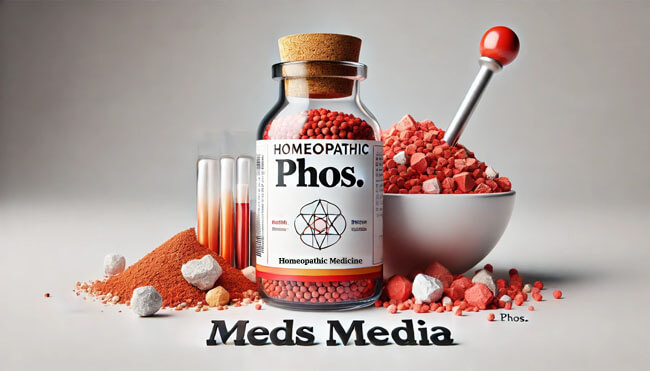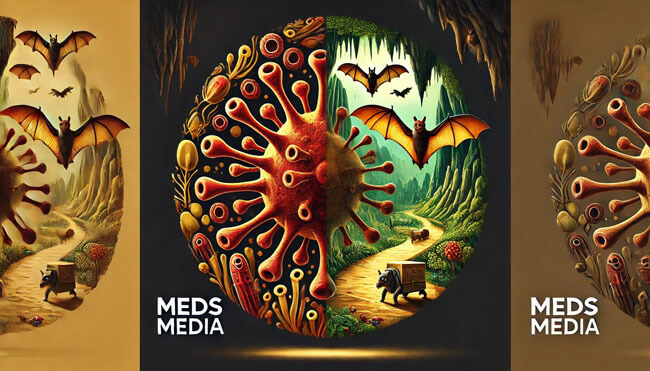Miasmatic prescribing is a cornerstone of classical homeopathy, where treatment transcends the mere alleviation of symptoms and delves into addressing the underlying predispositions to chronic diseases. This approach, pioneered by Dr. Samuel Hahnemann, the father of homeopathy, rests on the theory of miasms—deep-seated, inherited or acquired influences that predispose individuals to particular disease patterns. The three primary miasms—Psora, Sycosis, and Syphilis—represent different layers of pathology, each with its unique characteristics and manifestations. Understanding and applying the concept of miasmatic weightage of medicines is crucial for achieving a profound and lasting cure, especially in chronic cases.
Understanding Miasmatic Theory
The miasmatic theory posits that every chronic disease has its roots in one or more miasms. Psora, often described as the ‘mother of all diseases,’ is linked to conditions of deficiency, hypersensitivity, and chronic inflammation. Sycosis is associated with excesses, such as overgrowths, warts, and metabolic disturbances, while Syphilis is characterized by destructive, degenerative processes. Modern interpretations have expanded to include a fourth miasm—Tubercular, representing a hybrid state with tendencies toward both destruction and hypersensitivity.
Miasmatic Weightage: A Deeper Approach to Remedy Selection
Miasmatic weightage of medicines involves a nuanced understanding of how remedies align with these miasmatic influences. Each remedy carries a specific miasmatic imprint, which determines its depth of action. For a successful prescription, the remedy must resonate not just with the presenting symptoms but also with the dominant miasmatic layer. This approach requires the homeopath to consider the following aspects:
1. Miasmatic Diagnosis: Beyond the Surface Symptoms
A correct miasmatic diagnosis is the foundation of effective prescribing. It involves identifying the predominant miasm through a comprehensive case-taking process, which considers not only the current symptoms but also the patient’s personal and family history, mental-emotional state, and physical constitution. For instance, a patient with a history of suppressed skin eruptions, a tendency toward anxiety, and periodic depression may primarily exhibit a Psoric miasm. However, if there is a history of recurrent infections and fibromas, Sycosis might be dominant.
2. Remedy Selection: Matching Miasmatic Weightage with Patient’s Profile
In miasmatic prescribing, the selection of a remedy goes beyond symptom similarity; it involves aligning the remedy’s miasmatic weightage with the patient’s dominant miasm. For example:
- Sulphur, a deeply Psoric remedy, is indicated for patients with chronic skin conditions, a burning sensation, and an aversion to water. It aligns with Psoric miasm’s characteristics of deficiency and hypersensitivity.
- Medorrhinum, primarily Sycotic, suits cases with a history of suppressed gonorrhea, overgrowths, or tendencies toward excess in physical and emotional states.
- Mercurius solubilis, linked to the Syphilitic miasm, is appropriate for conditions involving ulcerations, destructive tendencies, and a sense of decay.
The correct matching ensures that the remedy not only alleviates the symptoms but also targets the underlying miasmatic disturbance, leading to a more enduring cure.
3. Layered Treatment: Addressing Multiple Miasms
In chronic and complex cases, more than one miasm may be active, requiring a layered approach. The miasmatic weightage of medicines plays a crucial role in determining the sequence of remedies. For example, a patient presenting with both Psoric and Syphilitic symptoms might initially be prescribed a Psoric remedy to stabilize the general health before addressing the deeper Syphilitic pathology. This approach prevents the suppression of one miasm at the cost of aggravating another, ensuring a smooth and effective cure.
4. Potency and Dosage: Tailoring to Miasmatic Depth
Miasmatic weightage also influences the choice of potency and the frequency of dosing. Remedies addressing deeper miasms like Syphilis or Tubercular conditions may require higher potencies or infrequent doses, given their profound and often slow-acting nature. In contrast, Psoric remedies may work well in lower potencies with more frequent dosing, reflecting the superficial nature of Psoric afflictions. The homeopath must carefully consider the patient’s vitality, the depth of the miasm, and the potential for aggravation when determining the treatment plan.
5. Monitoring Progress: Tracking Miasmatic Shifts
Treatment progress is monitored not just by observing symptomatic relief but also by tracking miasmatic shifts. A successful intervention often results in the patient moving from a deeper miasm (Syphilitic or Tubercular) to a less harmful one (Psoric), indicating a positive direction toward health. For instance, the appearance of skin eruptions (Psoric) after treating a deeper mental or degenerative condition (Syphilitic) might suggest that the remedy has begun healing the underlying miasmatic imbalance.
Practical Applications and Challenges
Applying miasmatic weightage in prescribing requires both experience and a deep understanding of homeopathic philosophy. Challenges include accurately diagnosing the dominant miasm, particularly in cases with mixed or masked miasmatic expressions. Moreover, the remedy’s miasmatic affinity must be continually reassessed as the patient’s condition evolves, ensuring that treatment remains aligned with their shifting miasmatic state.
Conclusion
Miasmatic prescribing, when guided by the principle of miasmatic weightage, offers a comprehensive and individualized approach to healing. By addressing the root miasmatic disturbances, homeopathy can provide not just temporary relief but a deep, long-lasting cure. Understanding the intricate relationship between miasms and remedies is essential for any homeopath striving to restore true health. This method, while complex, honors the holistic nature of homeopathy, acknowledging that true healing must address the body, mind, and spirit, down to their most fundamental imbalances.
Related links for Further Exploration:
Select Your Homeopathic Medicine Dose and Potency
Potency Selection Guide
Relationship of R
Similar Posts

LM Potencies in Homeopathy Explained | Insights from the 6th Edition of the Organon
Zincum Picricum Homeopathic Medicine & Personality | Uses, Benefits & Indications
Zincum Phosphoricum Homeopathic Medicine & Personality | Uses, Benefits & Indications
Zincum Iodatum Homeopathic Medicine & Personality | Uses, Benefits & Indications
Zincum Bromatum Homeopathic Medicine & Personality | Uses, Benefits & Indications
Zea Homeopathic Medicine & Personality | Uses, Benefits & Indications
Zincum Aceticum Homeopathic Medicine & Personality | Uses, Benefits & Indications
Zincum Cyanatum Homeopathic Medicine & Personality | Uses, Benefits & Indications
Zincum Muriaticum Homeopathic Medicine & Personality | Uses, Benefits & Indications
Zincum Oxydatum Homeopathic Medicine & Personality | Uses, Benefits & Indications
Zincum Sulphuricum Homeopathic Medicine & Personality | Uses, Benefits & Indications

Phosphorus Homeopathic Medicine & Personality | Uses, Benefits & Indications
Causticum Homeopathic Medicine & Personality | Uses, Benefits & Indications

Blood Clot in Eyes: Symptoms, Homeopathic Treatment & Prevention

